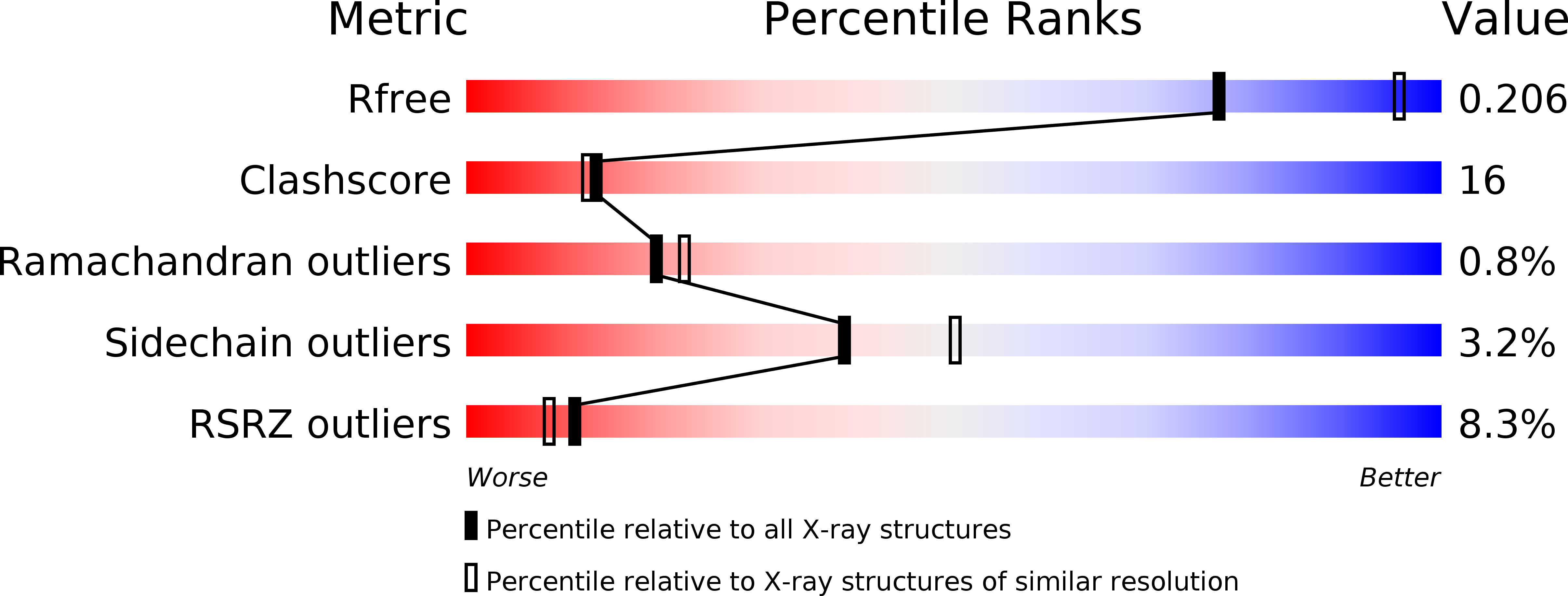
Deposition Date
2009-07-24
Release Date
2009-08-04
Last Version Date
2024-03-20
Method Details:
Experimental Method:
Resolution:
2.44 Å
R-Value Free:
0.25
R-Value Work:
0.20
Space Group:
F 2 2 2


